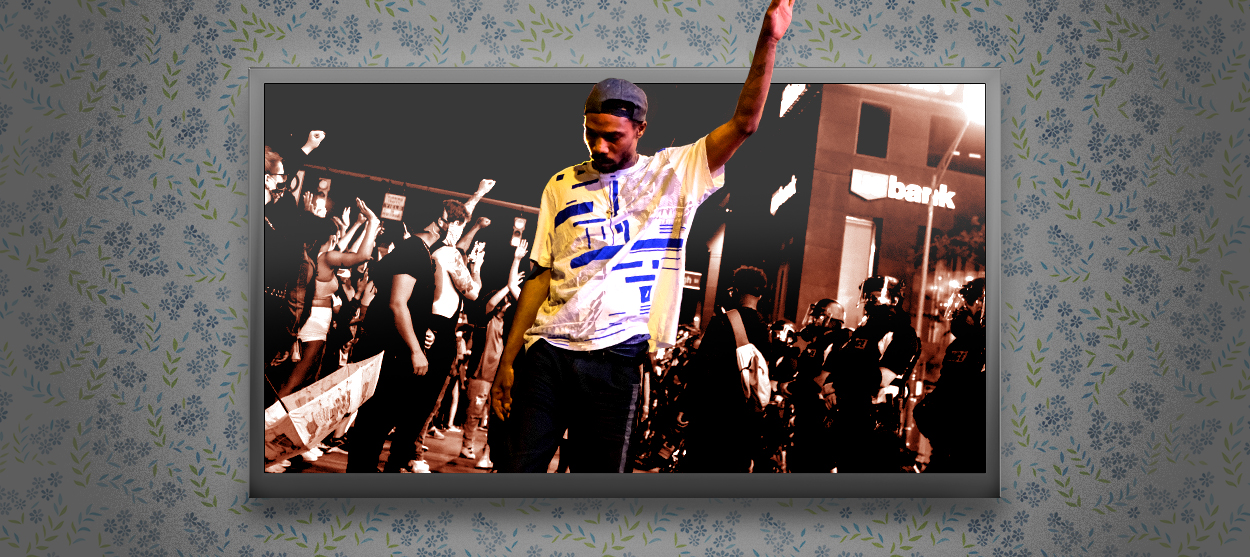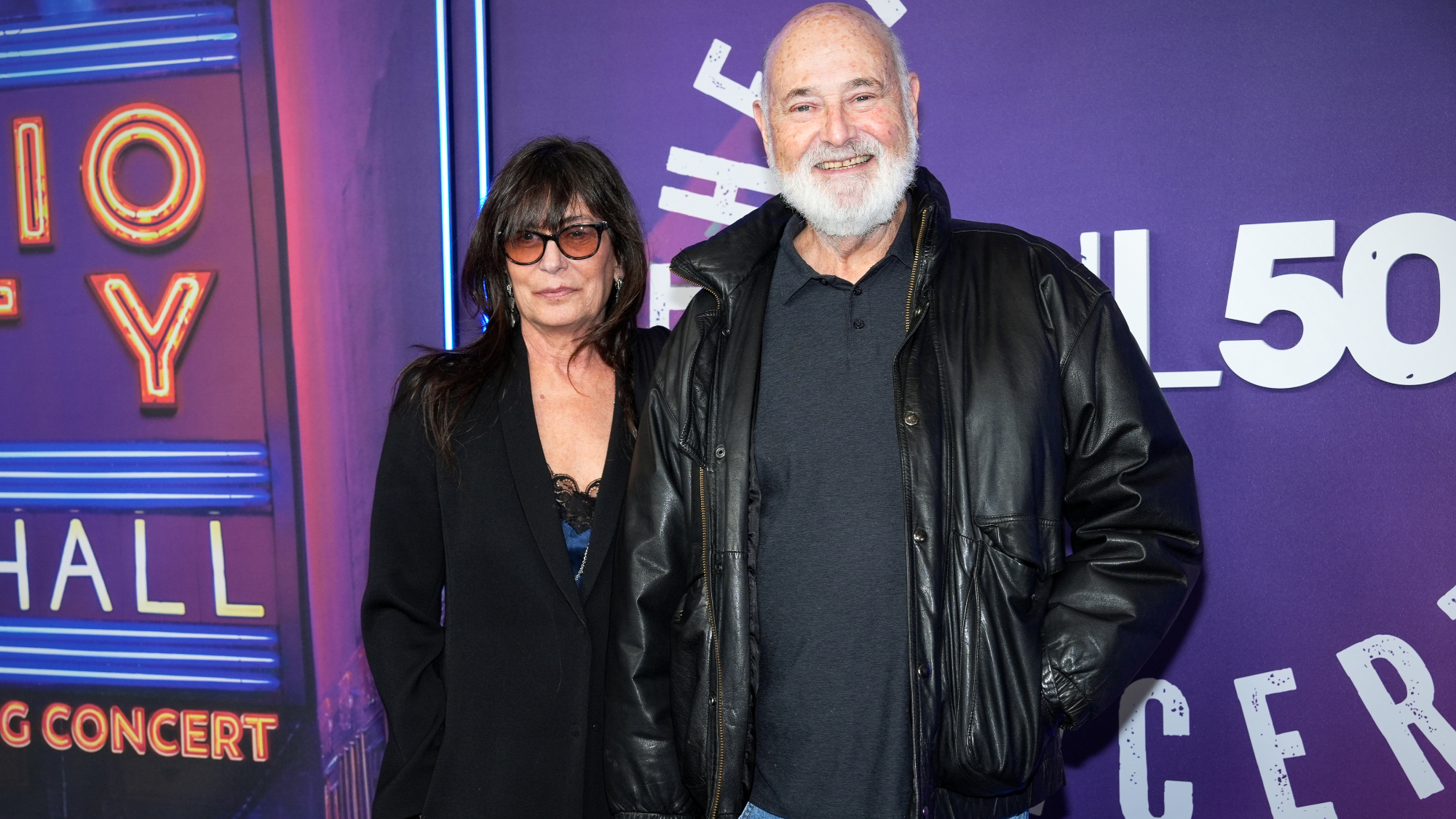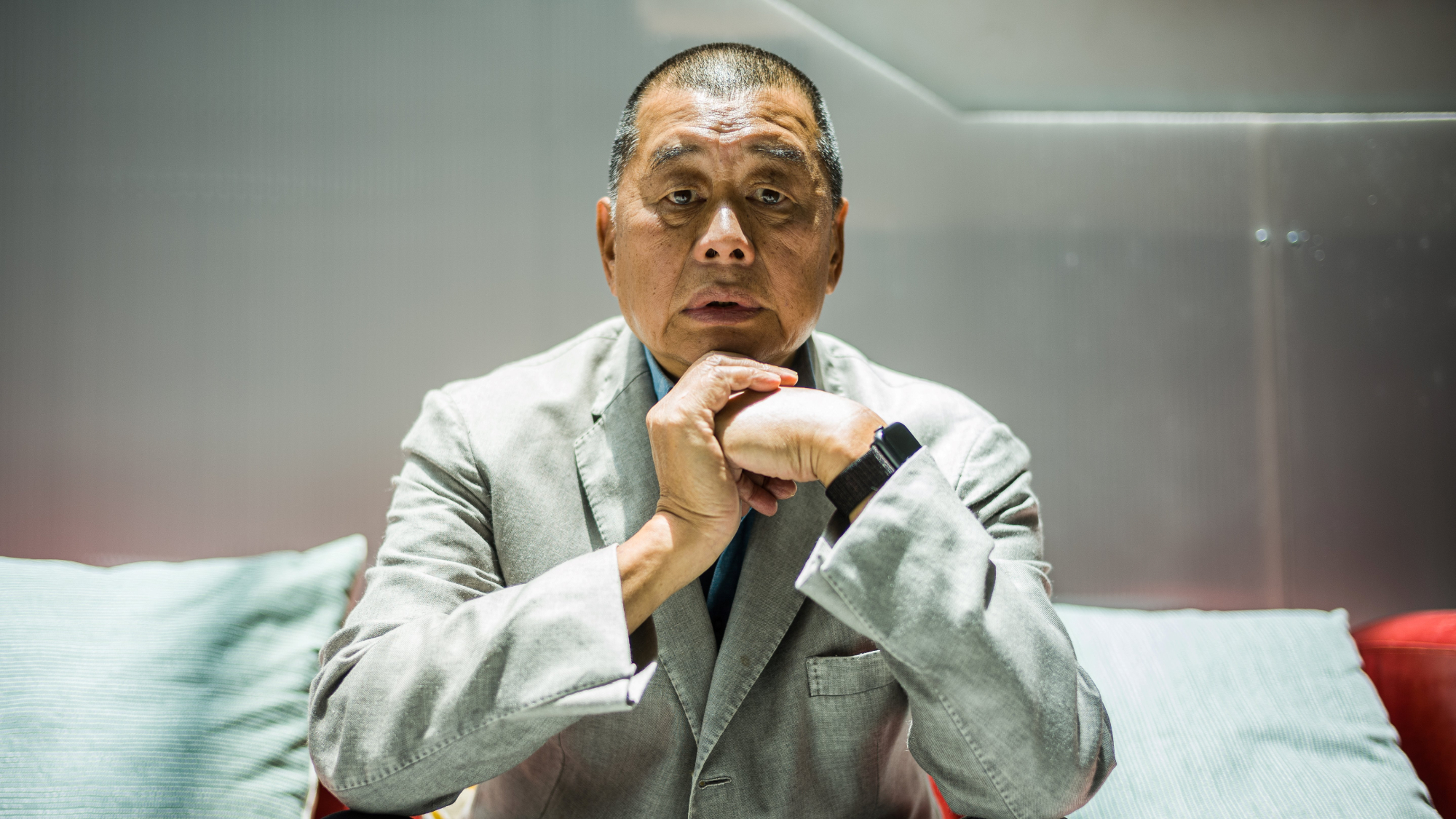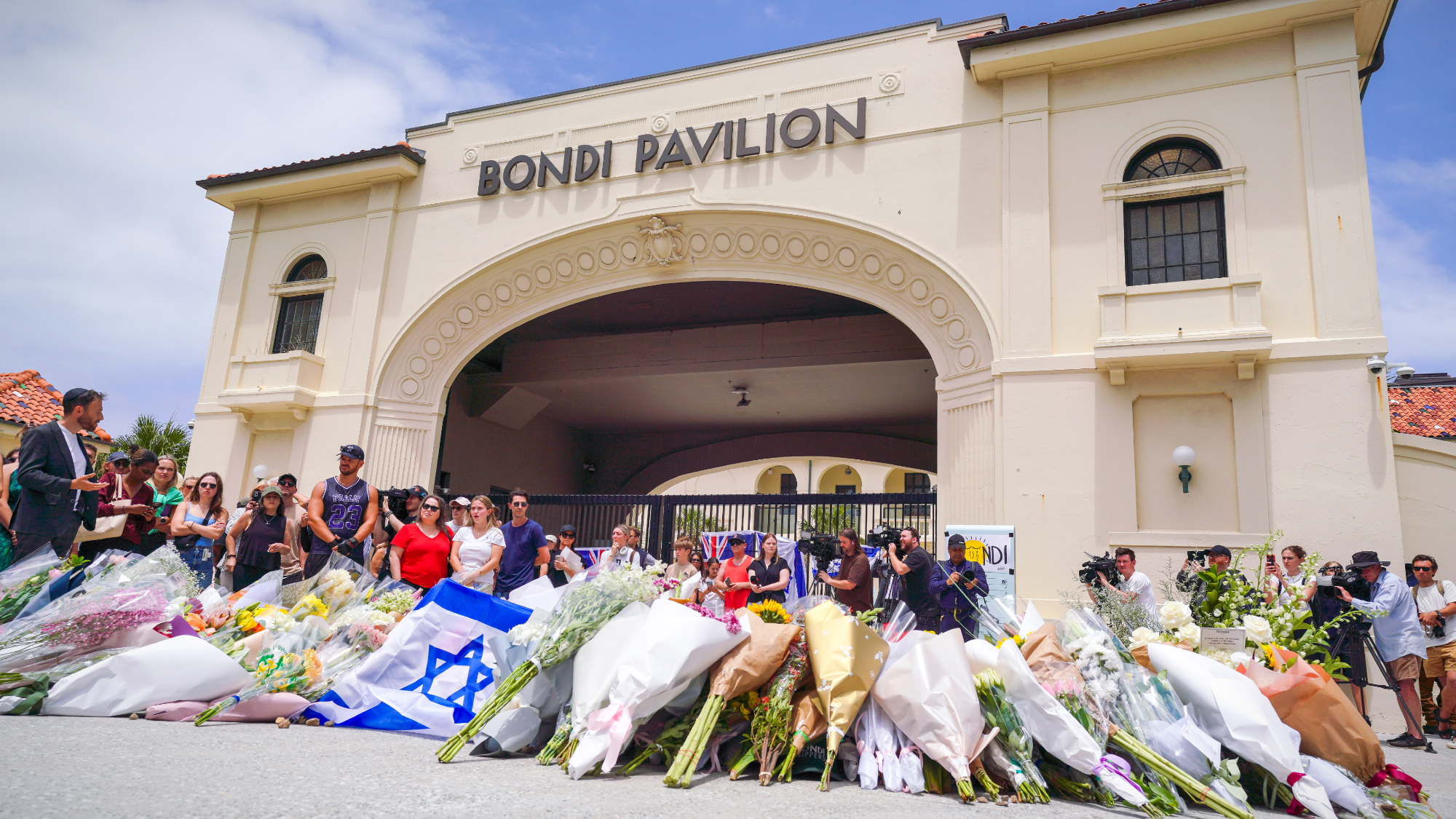The protests are great television. That's important.
Now live in primetime: The reality of policing in America


The woman in the video wears a police vest and a gas mask. Is she a reporter or a soldier? At first, it's hard to tell. But then we see the microphone and notebook she clasps in her hands. In the distance, billows of gas pour down a side street. She flinches anxiously when a firework sends off a trail of red sparks in the field behind her. Moments later, a flash-bang grenade bursts against her side. She screams.
I stumbled on to this footage, shot by MSNBC, on Twitter, where it was shared widely with the caption: "Crazy video of Jo Ling Kent in what appears to be a war zone but is actually Seattle." It is mesmerizing to watch because that description is accurate: The closest reference point many of us have to the George Floyd protests erupting across the country right now is war. Part of this is because Americans have been alienated from the spectacle of conflict for years — and as a result, the scenes on our streets right now are exciting, dramatic, and captivating. But beyond entertainment, they are also an awakening to the experience of black Americans, for whom such shows of brutality from the police are all too familiar.
Conflict television was not always so foreign to Americans. For most of the 20th century, we were bombarded by photos and videos of foreign wars, which, along with the advent of cable news, led theorists like Susan Sontag to warn of the "nightly banality" of images of suffering. Though there are notable exceptions — footage out of Vietnam famously turned many Americans against the war, and photographers helped shape public opinion around the Bosnian War in the 1990s — at a certain point, it's human nature to stop seeing the painful reality behind the glossy packaging of atrocity. "Flooded with images of the sort that once used to shock and arouse indignation, we are losing our capacity to react," Sontag explained in a 2002 companion piece to her seminal work, On Photography. "Compassion, stretched to its limits, is going numb. So runs the familiar diagnosis."
The Week
Escape your echo chamber. Get the facts behind the news, plus analysis from multiple perspectives.

Sign up for The Week's Free Newsletters
From our morning news briefing to a weekly Good News Newsletter, get the best of The Week delivered directly to your inbox.
From our morning news briefing to a weekly Good News Newsletter, get the best of The Week delivered directly to your inbox.
But something else also happened during the 20th century: Governments wised up to the power that unchecked visual images have on citizens and foreign powers. After the public relations disaster of Vietnam, the U.S. military, anyway, learned its lesson. "By the time the Gulf War started," The Atlantic explains, "the Pentagon had developed access policies. … Under this so-called 'pool' system, the military grouped print, TV, and radio reporters together with cameramen and photojournalists and sent these small teams on orchestrated press junkets, supervised by Public Affairs Officers who kept a close watch on their charges." Images of American coffins, meanwhile, were banned under President George H.W. Bush, in part to curb any bad optics. And as The New York Times has written, "The news media's near blackout enables collective amnesia about war and its aftermath, critics argue, and allows the American public to ignore the real costs of the wars we send our fellow citizens to fight." Despite living in a culture frequently decried for its obsession with violence, we are also oh-so-carefully shielded from its most devastating consequences.
In this moment of civil unrest, though, the calculation that has long kept Americans from seeing images of its agents in conflict is backfiring. Instead of being numb to the appearance of our own militarized police forces firing on peaceful protesters, the scenes on our TVs and social media feeds are intense and alarming. Part of this, to be sure, is because of the nature of the events and a common disbelief that "something like this" can happen in the United States, when we're more used to seeing it play out in blurry cell phone videos shared from places like Hong Kong or Egypt. But with local reporters on the ground capturing the uncensored scenes unfolding on familiar blocks, there is a freshness to the material that makes it uncanny and disturbing — and gripping.
To some extent, perhaps, local law enforcement understands this. Across the nation, police have seemingly targeted reporters and television crews who are in the process of documenting the protests (the Seattle police, in fact, seemed to be aiming at Jo Ling Kent when they fired the flash-bang). Press cameras have been intentionally smashed, and a CNN reporter was arrested on live television. The resulting images give Americans a first-person view of what it's like in the thick of a peaceful protest when police abruptly turn violent. They mark a gross miscalculation by the authorities — instead of being received by accepting viewers, they're generating alarm and outcry. Most notably, this week's display in Lafayette Square in Washington, D.C., intended to make President Trump look tough and in charge, had the opposite effect; headlines described how the police tear-gassed peaceful Americans for the sake of a photo-op.
On the one hand, the fact that the police are unashamed to act so aggressively in front of rolling cameras is chilling: It signals they largely don't fear repercussions for cracking down on nonviolent protesters. But the material it generates could prove pivotal in persuading popular opinion to the side of the protests, and to sustaining the movement. After all, watching the live reports and browsing videos shared on social media makes it abundantly clear that, in many or even most cases, the police are the ones who are escalating tensions, including driving cars through crowds and opening fire with rubber bullets and flash-bang grenades on reporters trying to do their jobs.
A free daily email with the biggest news stories of the day – and the best features from TheWeek.com
It's dramatic television, yes. But even more than that, it is bringing the mundane experiences of black Americans onto our nightly news. While non-blacks have largely been shielded from what unprovoked police violence looks like in practice, the footage on TV challenges us to grasp what is inherent in the day-to-day occupation of black neighborhoods by the police.
We shouldn't need exciting footage of conflict to care about George Floyd or the Black Lives Matter movement, of course. But the visual image is — as many governments have found — a powerful tool, and if this is what it takes, so be it.
There is still a real risk of the footage becoming spectacle, the images becoming divorced from what the demonstrators are fighting for, and for that numbness that Sontag warned of to begin to set in. But for now, the protests are essential viewing, reminding us that for all that America has sanitized images of conflict these many years, we are not so unique.
Want more essential commentary and analysis like this delivered straight to your inbox? Sign up for The Week's "Today's best articles" newsletter here.
Jeva Lange was the executive editor at TheWeek.com. She formerly served as The Week's deputy editor and culture critic. She is also a contributor to Screen Slate, and her writing has appeared in The New York Daily News, The Awl, Vice, and Gothamist, among other publications. Jeva lives in New York City. Follow her on Twitter.
-
 Rob Reiner, wife dead in ‘apparent homicide’
Rob Reiner, wife dead in ‘apparent homicide’speed read The Reiners, found in their Los Angeles home, ‘had injuries consistent with being stabbed’
-
 Hong Kong court convicts democracy advocate Lai
Hong Kong court convicts democracy advocate LaiSpeed Read Former Hong Kong media mogul Jimmy Lai was convicted in a landmark national security trial
-
 Australia weighs new gun laws after antisemitic attack
Australia weighs new gun laws after antisemitic attackSpeed Read A father and son opened fire on Jewish families at Sydney’s Bondi Beach, killing at least 15
-
 Has Zohran Mamdani shown the Democrats how to win again?
Has Zohran Mamdani shown the Democrats how to win again?Today’s Big Question New York City mayoral election touted as victory for left-wing populists but moderate centrist wins elsewhere present more complex path for Democratic Party
-
 Millions turn out for anti-Trump ‘No Kings’ rallies
Millions turn out for anti-Trump ‘No Kings’ ralliesSpeed Read An estimated 7 million people participated, 2 million more than at the first ‘No Kings’ protest in June
-
 Ghislaine Maxwell: angling for a Trump pardon
Ghislaine Maxwell: angling for a Trump pardonTalking Point Convicted sex trafficker's testimony could shed new light on president's links to Jeffrey Epstein
-
 The last words and final moments of 40 presidents
The last words and final moments of 40 presidentsThe Explainer Some are eloquent quotes worthy of the holders of the highest office in the nation, and others... aren't
-
 The JFK files: the truth at last?
The JFK files: the truth at last?In The Spotlight More than 64,000 previously classified documents relating the 1963 assassination of John F. Kennedy have been released by the Trump administration
-
 'Seriously, not literally': how should the world take Donald Trump?
'Seriously, not literally': how should the world take Donald Trump?Today's big question White House rhetoric and reality look likely to become increasingly blurred
-
 Will Trump's 'madman' strategy pay off?
Will Trump's 'madman' strategy pay off?Today's Big Question Incoming US president likes to seem unpredictable but, this time round, world leaders could be wise to his playbook
-
 Democrats vs. Republicans: who are US billionaires backing?
Democrats vs. Republicans: who are US billionaires backing?The Explainer Younger tech titans join 'boys' club throwing money and support' behind President Trump, while older plutocrats quietly rebuke new administration
